When you release a finished product outside, it can often feel as though you no longer have control over it; whether or not it makes it to its intended location depends on planning and good fortune. The paths that any piece of freight could take through the worldwide supply chain can occasionally appear too chaotic to optimize, even if you’re a shipper or a freight forwarder.
Although there are valid reasons for feeling this way, there is also cause for optimism in the Logistics 4.0 era. Logistics planners now have more opportunities to cut costs and improve their shipping flows thanks to the new sophistication that digital shipping is bringing to route planning procedures. We’ve put up a few suggestions for supply chain managers to employ in order to optimize the routes that their products take to reach their final locations by 05+ ways to optimize the shipping routes
Seize The Change
There are those who would have you believe that the best strategy is the one that is created the farthest in advance; that is, that by choosing your favorite route early, you can lock in the best price and spare yourself the confusion of arranging at the last minute. Securing the best possible pricing with your various supply chain partners is a concern, but the requirement to maintain flexibility may outweigh it (and is frequently compatible with it). By relying on static, well-established shipping routes, you simultaneously expose yourself to disruptions and cut yourself off from fresh sources of value as the conditions of the global supply chain change rapidly.

Waiting until all the pertinent information is available will allow you to take advantage of backhauls you may not have known about or may allow you to bundle shipments in a more cost-effective way. This is preferable than choosing a route in advance and hope that conditions remain the same. It can be challenging to strike the right balance when it comes to really securing your route, but the potential benefit is greater flexibility.
Identify and Foresee Customer Demand
Another suggestion that is occasionally made to logistics planners is that by increasing their lead times, they would be able to carry out route planning tasks more successfully. If it were possible, this would almost probably be successful because greater time can result in better planning. However, as customer demands for shipping turnaround times increase, how many businesses can guarantee typical two- to three-day shipping for consumer orders while also lengthening lead times? Assuming it isn’t a large number, planners will need to search elsewhere for the advantages of all that extra time.
To illustrate, supply chain managers can give themselves a lot more flexibility to make the most appropriate choices if they can improve at anticipating the needs of their consumers. In-depth customer data collection and analysis would probably be necessary for this, but with advanced analytics, you can turn any available data into accurate demand estimates. From there, you can create longer-term plans to which you can make minor changes as operational alterations take place.
Utilize Mode Shifts
Multimodal transportation, which involves switching between modes of transportation throughout a shipment and possibly repackaging your cargo, is not a recent idea. In actuality, it dates back to the beginning of shipping. Although it’s simple to dismiss it as an inconvenience (“wouldn’t it be preferable to be able to stick with just air freight or just a container ship for the entire route?” you might question), it’s increasingly presenting itself to perceptive supply chain managers as a method to create value. How? In order to maximize efficiency, by giving logistics planners the option to re-bundle their shipments after the fact.

For instance, if you’re sending out a few less-than-full truckloads (LTLs) due to the specific constraints placed on your various warehouses and timetables, but they’re all planned to coincide, you can use multimodal shipping as an excuse to convert your LTLs into an FTL before they reach their final destination, saving on labor and fuel costs. You must be able to recognize and seize these chances as they present themselves, which calls for a high level of visibility into your operations.
Follow in Actual Time
Each component of your transport network should be integrated in a Logistics 4.0 environment, which calls for every truck, shipping container, and pallet to be in contact with both your central logistics control tower and one another. This should open the door for real-time monitoring of your transport logistics in addition to all the other ways it can assist you in streamlining your logistical procedures. How can this help with optimization? For one thing, it helps logistics planners implement the aforementioned suggestions.
Beyond that, though, real-time can be one of the most crucial instruments in the supply chain manager’s toolbox when it comes to preventing disruptions and breakdowns. In the end, if you can keep an eye on every development as it happens, you’ll be far more likely to spot warning indications beforehand and take action to reduce the likelihood of, instance, a delayed shipment owing to bad traffic and weather, or a missed chance for cargo consolidation.
Integrate with Shipping Partners
The majority of our discussion so far has focused on behaviors and attitudes you may adopt within your own company, but managing relationships with customers, partners, forwarders, and suppliers will make up a large portion of the effort involved in logistics improvements. Here, it’s important to make sure that you’re placing reservations for all of the capacity you require at the appropriate rates, as well as making sure that you’re appropriately creating timelines and catering to consumer needs.
In the Logistics 4.0 era, how can you accomplish that the best? Achieving genuine E2E (end-to-end) visibility requires that your IT systems are connected with those of your partners. By doing so, you can contribute to lowering the probability of operational miscommunications within a company and gaining greater understanding of the overall logistics system, which will open up more options for optimization

Here is the answer: 08 Criterias for Choosing Prestigious Logistics Service Provider


